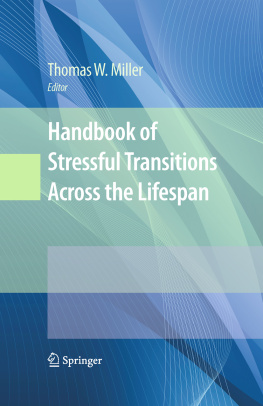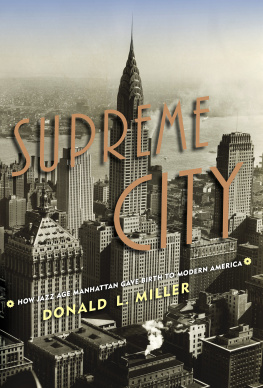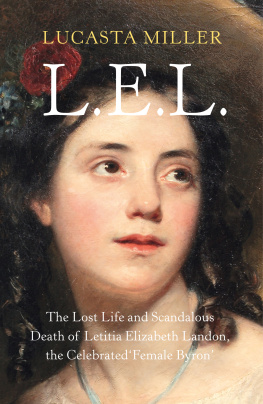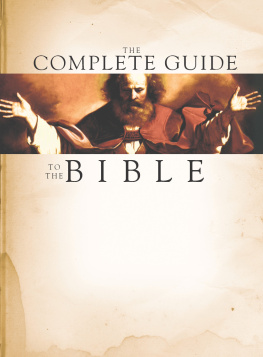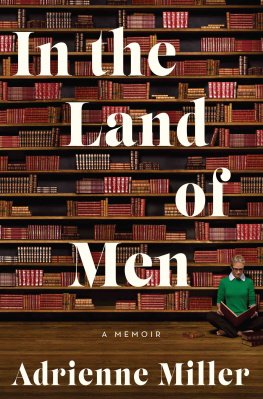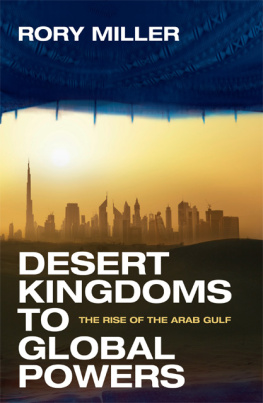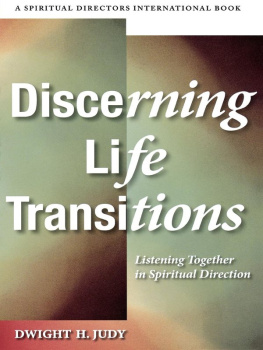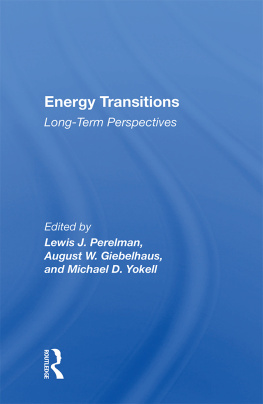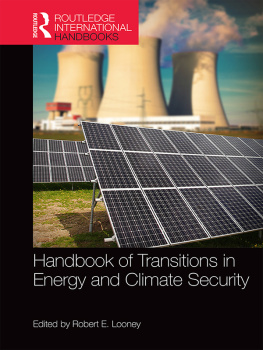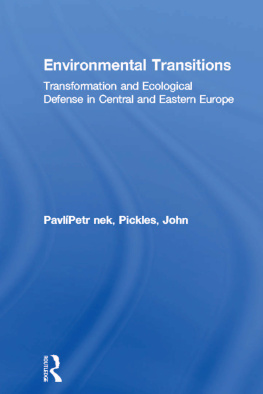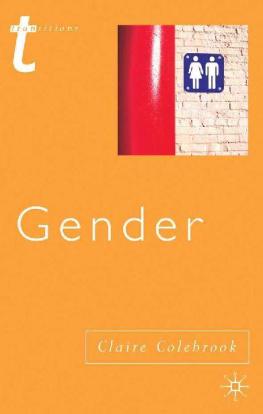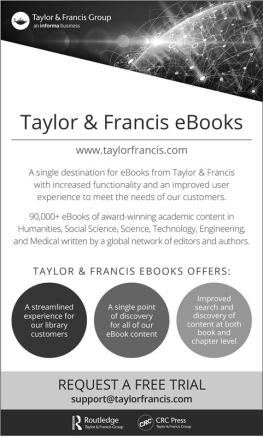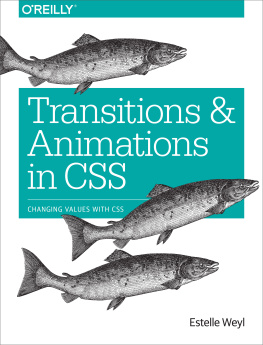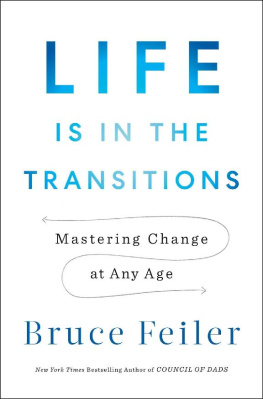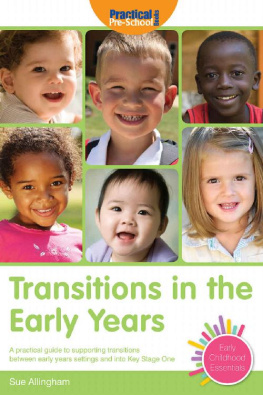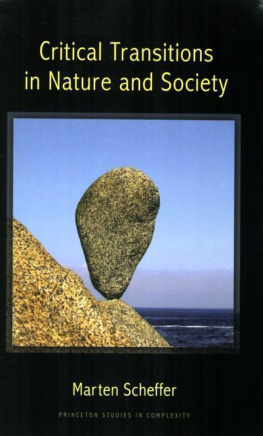Thomas W. Miller (ed.) Handbook of Stressful Transitions Across the Lifespan 10.1007/978-1-4419-0748-6_1 Springer Science+Business Media, LLC 2010
1. Life Stress and Transitions in the Life Span
Abstract
The traditional life cycle of human beings include infancy, childhood, adolescence, and adulthood. Transitions exist within each of the life cycles and such transitions produce stress. Life has many stressful life events that mark the movement from one condition or cycle to another, and they produce substantial challenges in the lives of human beings. The purpose of this volume is to focus on stressful life events associated with a spectrum of transitions in the life span.
The inspiration for this handbook of stressful life transitions across the life span has included a lifetime of research and clinical practice dealing with the transitions people had to face in very traumatic experiences along with several contributions over the last four decades. Those experiences have included working with adults and children who had been physically and/or sexually abused, victims of earthquakes and other natural disasters, veterans of combat, victims of torture, and individuals facing terminal illness and death. In addition to clinical and applied research, the recent work of Jane Goodman, Nancy Schlossberg, and Mary Anderson entitled Counseling Adults in Transition Linking Practice with Theory has provided our clinical research team with a clearer understanding of several of the effective strategies currently used in treating adults moving through some of lifes most difficult and enduring transitions. In reviewing their contributions, I have come to realize the multiplicity of individuals worldwide who face difficult and stressful transitions in their lives. This led me to seek an international group of clinicians, researchers, and scholars to bring their illustrations of the stressful life experiences realized by human beings and interface that with the excellent work of Jane Goodman and her colleagues. In the use of this volume, one realizes that a compendium of the spectrum of the stressful transitions we face as human beings would contribute to the unique and individual transitions that we face. This handbook is intended to be a beginning toward bringing this body of knowledge to the reader, clinician, and researcher in need of this information. Among other volumes are the earlier works of Dohrwend and Dohrwend (1974), which focused on the conceptualization of stressful events and transitions, and the series on Stressful Life Events (Miller 1989) which provided a review of the literature and contributions of an interdisciplinary and cross-cultural spectrum of researchers and clinicians who have addressed this critical area of study. For example, this volume looks to the work of Holmes and Rahe who set the benchmark for addressing the science of measuring gradients of stressful life events (Rahe 1989; Byrne 1989; Cernovsky 1989; Fava 1989). This volume provides insights into the complexities of a highly technological world and the multiplicity of problems faced through stressful life experiences, and provides help to those involved in treating the consequences of stress in our lives.
The traditional life cycle of human beings include infancy, childhood, adolescence, and adulthood. Transitions exist within each of the life cycles and such transitions produce stress. Life has many stressful life events that mark the movement from one condition or cycle to another, and they produce substantial challenges in the lives of human beings. The purpose of this volume is to focus on stressful life events associated with a spectrum of transitions in the life span.
The inspiration for this handbook of stressful life transitions across the life span has included a lifetime of research and clinical practice dealing with the transitions people had to face in very traumatic experiences along with several contributions over the last four decades. Those experiences have included working with adults and children who had been physically and/or sexually abused, victims of earthquakes and other natural disasters, veterans of combat, victims of torture, and individuals facing terminal illness and death. In addition to clinical and applied research, the recent work of Jane Goodman, Nancy Schlossberg, and Mary Anderson entitled Counseling Adults in Transition Linking Practice with Theory has provided our clinical research team with a clearer understanding of several of the effective strategies currently used in treating adults moving through some of lifes most difficult and enduring transitions. In reviewing their contributions, I have come to realize the multiplicity of individuals worldwide who face difficult and stressful transitions in their lives. This led me to seek an international group of clinicians, researchers, and scholars to bring their illustrations of the stressful life experiences realized by human beings and interface that with the excellent work of Jane Goodman and her colleagues. In the use of this volume, one realizes that a compendium of the spectrum of the stressful transitions we face as human beings would contribute to the unique and individual transitions that we face. This handbook is intended to be a beginning toward bringing this body of knowledge to the reader, clinician, and researcher in need of this information. Among other volumes are the earlier works of Dohrwend and Dohrwend (). This volume provides insights into the complexities of a highly technological world and the multiplicity of problems faced through stressful life experiences, and provides help to those involved in treating the consequences of stress in our lives.
The need to carefully assess the body of knowledge encompassing the prominent theories related to stressful life experiences was provided in Theory and Assessment of Stressful Live Events (Miller ).
In Clinical Disorders and Stressful Life Events (1997), whose purpose was to examine clinical and research evidence linking stressful life events to disease and disordered functioning, the contributing authors created a comprehensive and highly current view of the rapidly evolving field or posttraumatic stress disorders (PTSD). This book provided essential information about stress-related disorders, not only for mental health professionals but also for clinicians in many areas of medicine (Engdahl and Eberly ).
The transitions that we face as human beings and the impact of stressors for the infant, the child, the adolescent, and the adult, bring with them a series of events and circumstances that will define and shape the life course of each person. On the basis of that realization, analyzing the life span and the transitions human beings face, will provide yet another perspective in understanding the body of knowledge we have come to know as crucial in understanding ourselves.
In this Handbook of Stressful Transitions across the Life Span you will find the following areas of focus, with an international and multidisciplinary cadre of scientists and clinicians who have addressed this area of study in their research and clinical practice accepting the invitation to contribute to this handbook. Erik Erikson () provides a wonderful epigenetic understanding of the sequence of psychosocial development. To address this introduction to Eriksons theory, a lifelong teacher, colleague, and friend provides a focus on life stress and stress in the context of psychosocial development; James C. Marcia, Ph.D., whose career at Simon Frazier University provides a clear understanding of Erikson and generates some new thinking as to what Erikson brings to the theoretical table, provides unique insights into developmental transitions. Professor Jim Marcia addresses the effects of life stressors and the impact of life transitions that occur within the context of overall lifespan development. In order to understand the meaning of such potentially disruptive events for the individual, it is important to understand what the general course of adult development looks like. The only developmental psychological theorist to lay out a course of expectable life cycle development is Erik Erikson. He has outlined eight psychosocial developmental periods extending from birth to old age. Each period is framed by descriptors such as young adult, middle age, etc. As the human life span has increased, the boundaries of these chronological periods have become increasingly elastic; however, they do provide a rough guideline as to average expectable development over the individuals life course.

